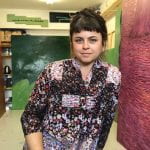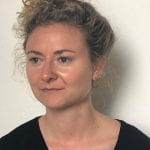The Pigment Farm
 About
About
The Pigment Farm is the latest initiative of the Material Research Project. The aim is to propagate plants to explore the world of natural dyes and develop an understanding and low-tech practical knowledge of growing and manufacture. This will be explored through a series of open workshops and lectures devoted to extracting and producing colour. The farm also aims to enrich the environment and create an everyday opportunity for the UCL community to experience the cultivation of colour and engage in wellbeing activities. It will be a place for artists, scientists, historians and conservationists to experiment and analyse common materials. The results of research stemming from these investigations will be disseminated on the Methods Room blog, featuring updates with images on the Farm’s progress, recipes and individual researches, including exhibitions in the Material Museum and in the lunchtime lectures series.
The original plan to grow plants in dedicated areas in the quad and other areas on campus has been delayed by the current situation but planters are being designed by Paul Horne and it is hoped that cultivation will begin in the near future. Some members of the working group are currently growing plants and we are investigating satellite sites. We are developing a long term plan and exploring a number of avenues particularly in respect of furthering our horticultural knowledge which seem to be quiet key to the success of the project. The Pigment Farm was officially launched this summer with a series of lectures and the recordings can be found can be found on our Lectures Page.
We are currently seeking student representatives and developing an advisory committee to give counsel on specialist knowledge.
The Pigment Farm is very grateful for financial support from UCL Friend’s Trust.
Pigment Farm Working Party
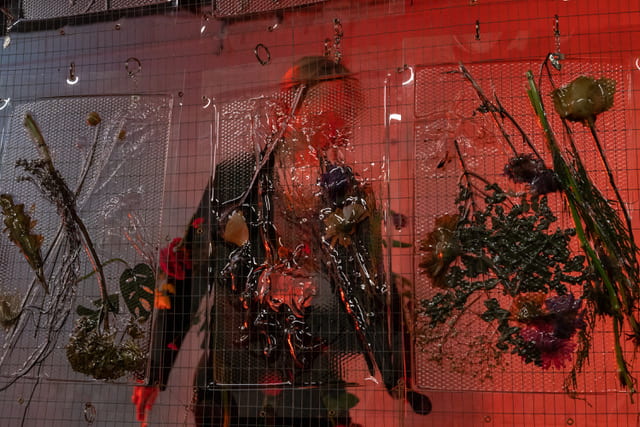 Lea Collet
Lea Collet
Lea Collet’s work (b.1989, France) vacillates between collaboration, performance, installations, video and fiction. Through the writing and performance of open scenarios, her productions explore technological rituals, botanical translation, social ecology, speculative storytelling and collective mythologies. Lea Collet studied at Camberwell College of Arts, London at BA level followed by an MA at Slade School of Fine Art, London. She now works at the Slade.
Emily Furnell
Emily Furnell grew up in Bristol, which was voted the happiest city to live in the UK in 2019 by a Gala Bingo study. She studied Fine Art at Bath School of Art and Design, and prior to this, won a rosette in primary school for ‘best smiler’ which she still cherishes to this day. Her practice involves seeing what happens to materials when they are combined and how they develop over time. She has made pigments from synthetic and organic chemicals, and once made a batch of gesso tinted with copper sulphate that bubbled over the melting pot. Emily is the Studio-coordinator at the Slade School of Fine Art these days. She enjoys the phrase ‘very gently’.
Gabriela Giroletti
I am a painter whose interest lies in exploring the endless possibilities of painting. I make oil paintings that have a very immersive quality, not only for their size but for their tactile surface. I’m interested in understanding where the colours I use come from in order to develop a more intimate relationship with them.
Paul Horne
James Keith
Rebecca Loweth
Rebecca Loweth is an artist working at Slade, focusing on outreach and engagement. I have an interest in arts and health, wellbeing and social prescribing. As such, I am very pleased to be part of the Pigment Farm group and helping to develop the community aspects of the project.
Stephanie Nebbia
Artist in Residence at ColArt where George Fields notebooks and the W&N archive of pigments are housed. I run the Global Fine Art Collective that provides residencies, workshops and bursaries. During my BA at Camberwell I made all my own paints including encaustics and, on my MA, my primary concern was on surfaces and print. I have an allotment near Peckham where I grow woad and am looking to expand an entire bed to grow further pigment plants and seedlings for Elephant West.
Dr Emma Richardson
Dr Emma Richardson currently holds the position of Group Lead for Analytics and Modelling at the National Physical Laboratory. Prior to joining NPL she was Associate Professor of Materials within the Department of History of Art, UCL, where she was Head of the Material Studies Research Group. The overarching focus of Emma’s research has been the study of fibre and film materials in heritage collections and in recent years she has focused her attention on the manufacture, characterisation and mechanical properties of synthetic polymers with a view to understanding degradation pathways and informing storage and display environments.
Kim Selvaggi
See Conservator in Residence page for biog.
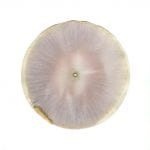 Lesley Sharpe
Lesley Sharpe
Lesley Sharpe is a visual artist working in print with an interest in hybrid processes, combining both traditional and digital printmaking techniques. Her work explores the conceptual and material interpretation of landscapes that are undergoing transformation and their mediation through the printed image. She currently holds a Lecturer (Teaching) post at the Slade School of Fine Art, specialising in printmaking.
Her interest and contribution to the Pigment Farm stems from her rural past growing up in the heart of the East Ayrshire Coalfield community, and more recent care for an early Victorian cottage garden in Leyton, East London where many of the established plant species will contribute to the Pigment Farms research aims.
Other research includes Structures of Forgotten Origin, a field study of historic and recent landscape that borrows practices from psycho-geography, agriculture, photography, printmaking and randonneurring. The collaborative project aims to circumnavigate the Metropolitan Green Belt retracing the 200+ coal posts which were erected by the city of London in the mid 19th Century as boundary markers where taxes on coal were due. The obelisks form a circular network approximately 15 miles from the city and were cast in a variety of different materials to include granite, cast iron and stone. Combining scientific techniques with photographic processes, such as soil chromatography to analyse each site, the project attempts to explore ideas of the periphery, our relationship to the temporal and spatial variations of landscape and the trade routes connected to the production of coal-based pigments used in printmaking.
 Dr Ruth Siddall
Dr Ruth Siddall
Dr Ruth Siddall is a geologist who studies the mineralogy of cultural materials; pigments, stones, ceramics and cements in archaeological and contemporary contexts. Educated at the University of Birmingham and at UCL, she has conducted research into materiality in classical and medieval archaeological contexts and has recently held the post of Scientist in Residence at the Slade School of Fine Art. She has been using this period of lockdown to improve her knowledge of organic chemistry as applied to colour and has been making dyes and lake pigments from natural plant materials. Ruth is a co-author of the Pigment Compendium: A Dictionary and Optical Microscopy of Historic Pigments.
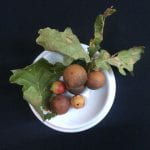 Jo Volley
Jo Volley
Jo Volley is an artist and Slade Deputy Director (Projects), Coordinator of the Material Research Project & Network and the Material Museum. Her work is concerned with measurement, light, space and colour as light, and employs a wide range of material and medium. A great deal of her practice involves the investigation of artists’ methods and materials particularly colour which is central to her practice. As part of the Pigment Farm project she is developing a seasonal timeline of colours found in plants.
On 22nd March 2020 along with Ruth Siddall she established World Pigment Day and is documenting its inaugural year with project A Colour A Day which can be found on The Pigment Timeline blog
https://blogs.ucl.ac.uk/pigment-timeline/2016/07/22/welcome-to-the-pigment-timeline-project/
She is currently working on a colour timeline wall installation of Van Gogh’s palette for the Van Gogh House, London http://www.vangoghhouse.co.uk
 Close
Close



